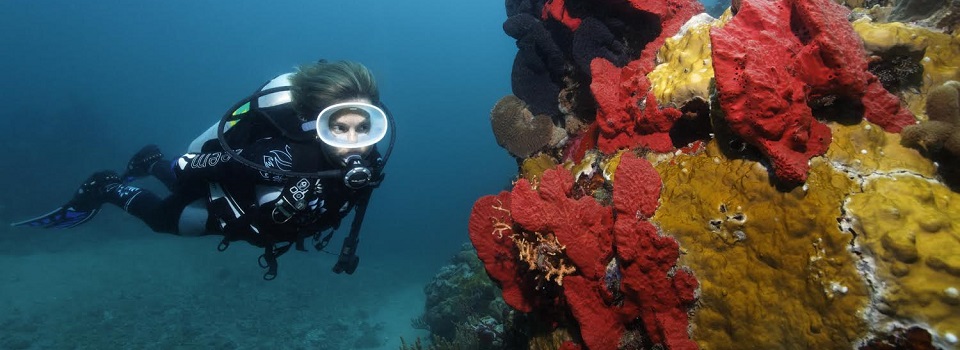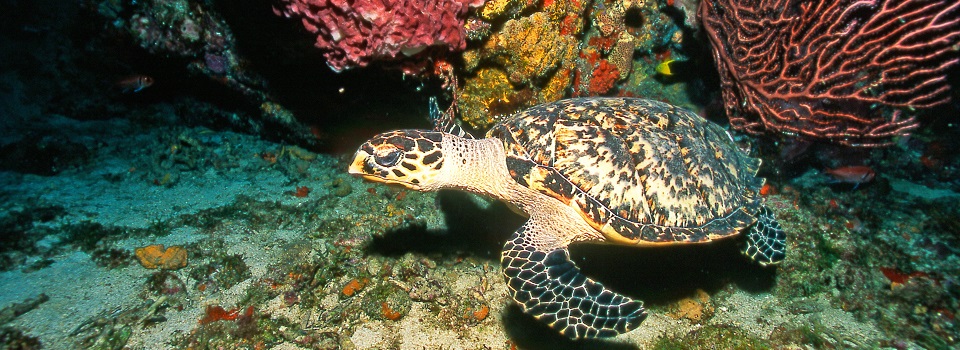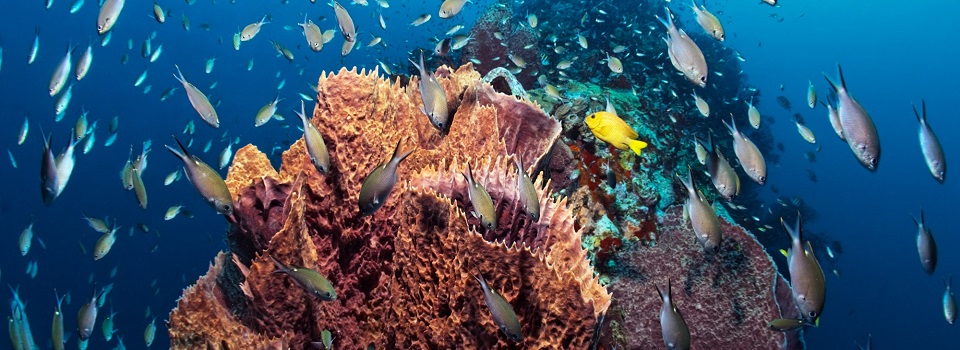Coral Spawning
The underwater realm of St. Lucia’s Marine Park, the Soufriere Marine Management Area (SMMA), has a lot to offer, but the main attractions are certainly the magnificent and pristine coral reefs of the park.
During my career as a dive professional and Marine Park manager, there have been many adventurous situations such as dramatic encounters with humpback whales or the world’s largest fish, the whaleshark.
But for my greatest dive ever I would without hesitation select witnessing Mother Nature’s most amazing underwater spectacle – coral sex. For me, this marvel is a thrill of a much more significant magnitude. For two hours each year, five evenings after the August full moon, these tiny animals erupt in a reproductive frenzy that looks like an upside-down snowstorm.
During a mass spawning event, many coral species release millions of BB-sized bundles, each containing eggs and sperm. Within minutes, this reproductive material floats to the surface, forming a slick that gives off a mildly sweet aroma. It is there that the eggs are fertilized. The embryos quickly develop into larval forms that drift for several days or weeks before settling onto the sea floor. If water and bottom conditions are right, a few lucky larvae form solitary coral polyps which then divide asexually forming colonies of genetically identical individuals. Shaped like large boulders, brains, or antlers, some colonies exceed the size of the average living room after a few hundred years of growth.
Recognizing the importance of coral reefs as the starting point of this specific marine ecosystem, which is facing the threat of extinction in many areas of the world, it was and I imagine always will be my greatest diving experience. Because in this unique spectacle I see hope that our children’s children will be able to enjoy the splendid underwater wonder of the magnificent coral reefs.
written by Kai Wulf, former SMMA Manager




